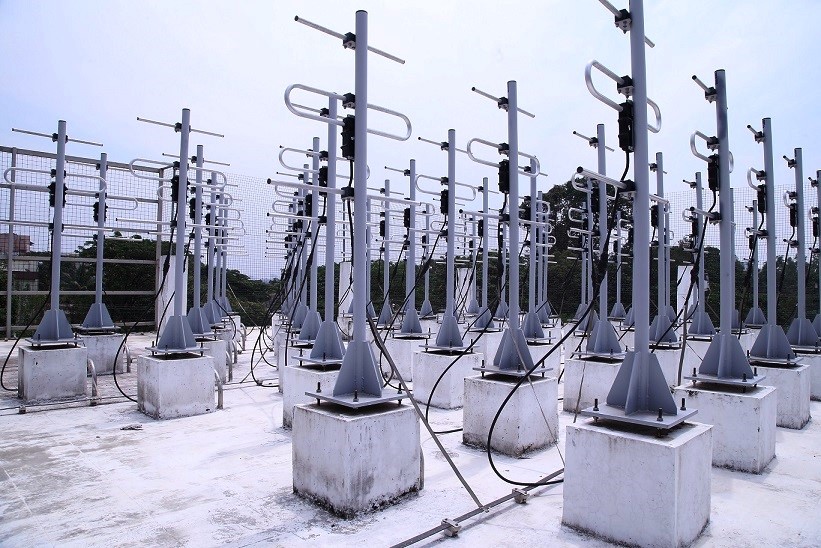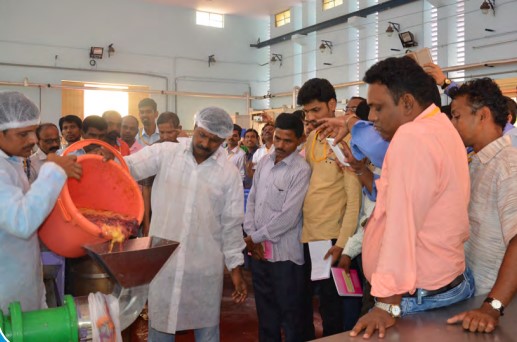
Scientists Find Protein Role in Muscle Disease
- News
- 2.7K
Marinesco-Sjögren Syndrome (MSS) is a rare pediatric disease, where patients experience loss of balance and coordination, develop cataracts, and undergo severe and progressive loss of muscle strength.
Scientists have previously shown a link between mutations in the SIL1 gene and MSS. However, it is not well understood how the loss of SIL1, as in the case of MSS, causes the manifold signs of this disease.

A research team led by Dr. Linda M. Hendershot and Viraj P. Ichhaporia at St. Jude Children’s Research Hospital, USA, has recently shown that the genetic loss of SIL1 disrupts Endoplasmic Reticulum (ER) homeostasis, leading to a condition of muscle disease. The results of this study were published in the journal ‘Disease Models & Mechanisms’.
The ER, a network of membranous tubules within the cytoplasm of a eukaryotic cell, folds and modifies newly formed proteins so they have particular 3-dimensional shape. SIL1 plays a key role in the process of protein folding where a newly synthesized string of amino acids gets transformed to its respective 3-dimensional shape to perform its functions.
“We use a preclinical model that is lacking SIL1 to help us better understand the underlying disease mechanisms of MSS. We focused on the progressive loss of muscle mass, which is a hallmark of MSS, and accompanying muscle weakness. We reasoned that understanding the molecular changes leading to muscle dysfunction would provide insights into many other pathological aspects of MSS,” said the lead author, Viraj P. Ichhaporia.
“We observed that as the preclinical model began to age, they had difficulty holding on to the wired food tray while eating. This observation paved the way for the first experiment, which proved that the preclinical SIL1-deficient disease model displayed significant muscle weakness, and urged us to further investigate the underlying mechanisms” he added.
Dr. Linda Hendershot, the corresponding author of this study, stated: “we show that loss of SIL1 affects protein folding within the cell and dramatically disrupts protein homeostasis, which causes a cascading ripple effect.”
“This research is particularly exciting to our lab because we are now able to understand the molecular events underlying muscle weakness in the preclinical model lacking SIL1, and believe that a similar ripple effect could also trigger the collapse of protein homeostasis in individuals with MSS. Identifying the molecular milestones of the progressive loss of muscle mass and strength that we can monitor, it allows us to ask how we can treat these defects?” she concluded.
The research team included Viraj P. Ichhaporia, Jieun Kim, Kanisha Kavdia, Peter Vogel, Linda Horner, Sharon Frase, and Linda M. Hendershot. The study was funded by the National Institue of Health and the American Lebanese Syrian Associated Charities at St. Jude Children’s Research Hospital. (SciSoup)
By Ratneshwar Thakur
Journal Article
If you liked this article, then please subscribe to our YouTube Channel for the latest Science & Tech news. You can also find us on Twitter & Facebook.


